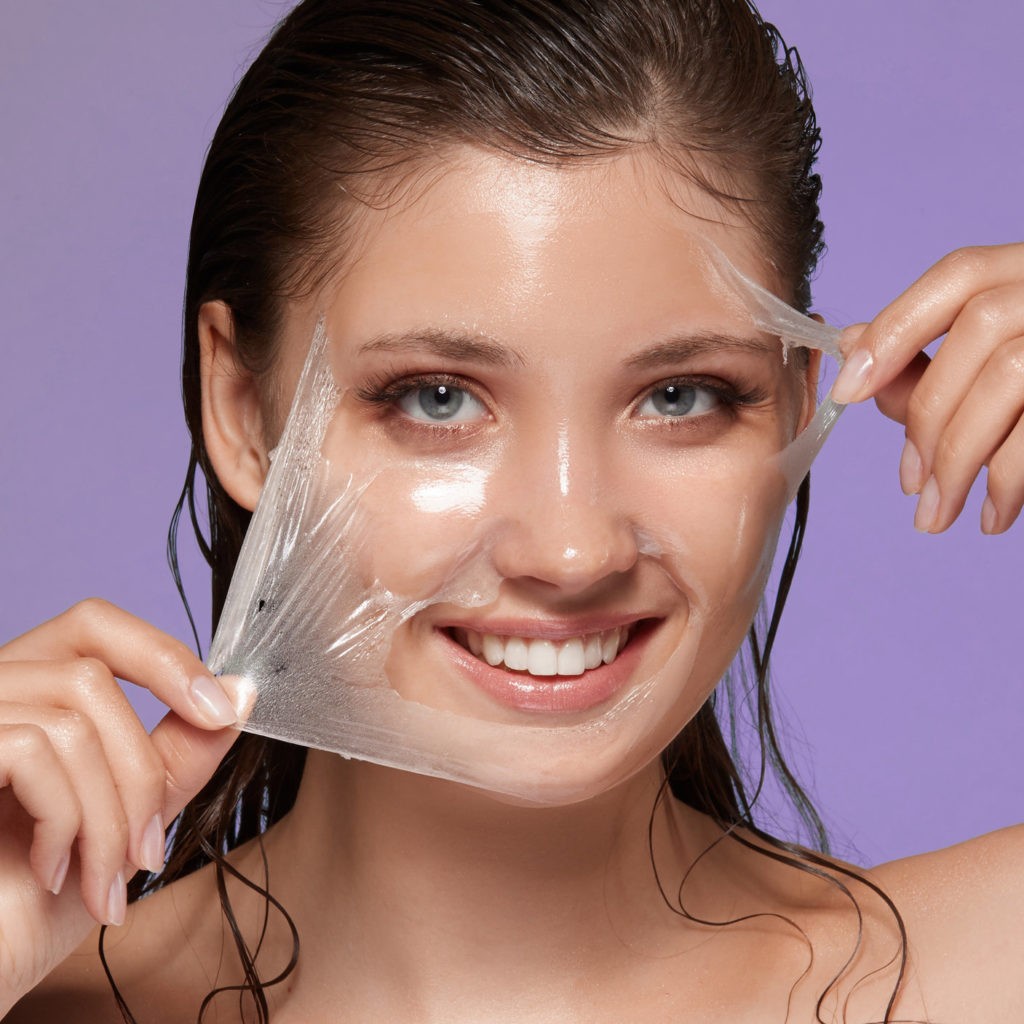The Face
Chemical peeling is a non-surgical cosmetic procedure that relies on the use of certain chemical structures to exfoliate the skin. Choosing the right exfoliation and its potency depends on the skin color and type and the desired outcome from the treatment, taking into account the medical condition to be treated and the overall skin condition.
Peeling is divided into three types, of which the light one is preferred in cases where the surface layer of the skin needs to be removed with no anesthesia. This method is usually used to treat melasma, acne, signs of light age, cases of sun damage and resulting hyperpigmentation. This type of exfoliation is suitable for men and women. After the session, some simple instructions should be adhered to such as using moisturizing creams and avoiding exposure to the sun or the use of hot water for a period of two or three days. The materials used in this type are called alpha hydroxyl acids and include Glycolic acid, Salicylic acid and sometimes Retinoic acid.
The second type is used to achieve medium exfoliation and is used to treat advanced conditions of fairly deep wrinkles, acne, deep scars, signs of aging and their resulting spots. The most popular solution used in this type is TCA to remove the layers of skin up to the dermis. Moderate exfoliation may be painful because it reaches multiple deeper layers of skin, and the recovery period lasts for several days with the necessary care by the patient to maintain the integrity and renewal of the skin without exposing it to factors such as infections. With moderate peeling, attention must be paid to patients that have pre-existing heart conditions, as the severity of the treatment may harm them. We also warn diabetics to take extra caution because of their low immunity to tendency to experience a greater degree of inflammation to the skin. It is worth noting that patients with relatively fair skin are able to achive better results than those with darker skin colors.
The third type of exfoliation is deep and targets the layers of the skin up to the dermis, and can sometimes reach underneath it. It is mainly used in sophisticated cases of wrinkles and acne scars. This type of exfoliation, which mostly takes place under general anesthesia, is rarely used because of the damaging effects it could cause the patient. It requires a downtime period of several weeks to allow the skin to achieve full healing. Of note is that it is considered dangerous for people with dark skin.
Those with a medium skin-tone should be prepared with special creams given by the physician for at least two weeks before the date of the treatment session, in order to avoid any side effects or negative complications of the peeling procedure.
In general, chemical peels are very beneficial for the skin, as it helps in renewing its vitality and glow. It is based on the principle that causing harm to the skin leads to the stimulation of the natural healing process in the dermis cells and the production of new and active cells.

